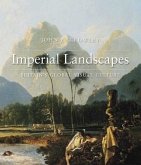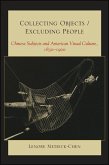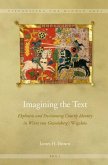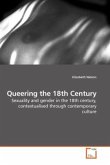Reassessing key intellectual and cultural traditions using an interdisciplinary approach, this book examines the legacy of the Baroque, the dynastic past in visual culture and the concurrence of different artistic styles in Germany during the eighteenth century, such as the Italianate, Francophile and Anglophile within the courtly sphere. The following arenas of enquiry represent organizing strands; courtly society and employment practices; court and artist, and print culture. The study addresses how elite patronage and Princely taste impacted the social formation of artistic culture at courts in northern and central Germany, Austria, and England. Contributions drawn from a variety of disciplinary perspectives in the arts and fine arts including visual culture, philosophy and comparative literature discuss the volume's theme in a series of focused case studies by experts in these distinctive fields. As such, the volume fills an important gap in English language scholarship on courtly Germany and Austria. Although previous publications have addressed patronage in the eighteenth-century Austro-German context, major questions relating to artistic influence, changing contexts of viewing and the employment of itinerant musicians and artists in eighteenth-century German courts still remain unaddressed. To address this, the book offers an interdisciplinary perspective, and gathers its conclusions from the interrelated fields of philosophy, visual culture, literature and print culture. Through its specific case-focused approach, the volume makes a departure from prior scholarship by identifying these as mutually exclusive fields. Topics discussed include discourses of luxury and sumptuary excess, changing contexts of viewing, the advent of universal collections, and the lure of the classical past. In literature, patron-author relationships were informed by contemporary ideas of 'genius' together with the reality of changing readerships. Connecting artistic forms to social formation in particular, case studies address the transmission of taste through aristocratic family networks, the creation of new audiences for art through print culture, and the permeation of courtly values into bourgeois cultural forms during the late eighteenth century. The book is aimed at a wide interdisciplinary audience, (history, philosophy, European studies, art history and comparative literature) and will also be of interest to specialist scholars, graduate students, and academic libraries.








